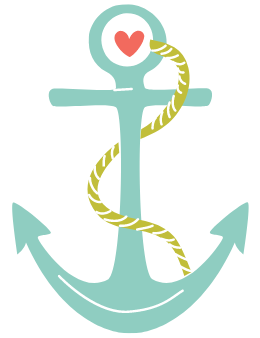My vote: Martin
Maximus was a Byzantine monk and scholar of the late 6th and early 7th centuries most known for his role in the Monothelite controversy. I’ll be honest, I don’t really care about the theological nature of Christ. It’s not something I spend time wondering about. As a result, I’m not the best person to try to explain this, but here goes. Monothelitism says that Jesus Christ has one (divine) will as opposed to dyothelitism, the idea that Jesus has two wills, one divine and one human.
Monothelitism was the accepted doctrine in the Byzantine Empire, but Maximus would not accept it. He preached dyothelitism until he was tried as a heretic in 658 and 662. After the second trial, Maximus was tortured and his tongue was cut out so he could no longer preach heresy. He was exiled and died that same year. Dyothelitism was later accepted as the true doctrine of the church at the Third Council of Constantinople in 680-681.
Martin de Porres was born in 1579 in Peru to a Spanish noble father and a mixed African and indigenous mother. His father abandoned the family a few years later and Martin grew up in poverty. He spent hours in prayer.
Africans and Native Americans were not allowed to join holy orders according to Peruvian law. Martin was allowed to join a Dominican order as a servant, cleaning and doing other chores in exchange for getting to wear monk’s robes and live in the monastery. Sounds more than a little bit like slavery to me, but it made Martin happy. Eight years later, despite the law he was allowed to join the Dominican order of the Holy Rosary Priory in Lima. His fellow monks were not all on board with this, and called him names. Martin ignored the mocking and continued to serve as an almoner, barber, and a healer. He cared for everyone regardless of their skin color or social status. He is the patron saint of those working for racial harmony, among other patronages. Martin gets my vote.
Maximus was a Byzantine monk and scholar of the late 6th and early 7th centuries most known for his role in the Monothelite controversy. I’ll be honest, I don’t really care about the theological nature of Christ. It’s not something I spend time wondering about. As a result, I’m not the best person to try to explain this, but here goes. Monothelitism says that Jesus Christ has one (divine) will as opposed to dyothelitism, the idea that Jesus has two wills, one divine and one human.
Monothelitism was the accepted doctrine in the Byzantine Empire, but Maximus would not accept it. He preached dyothelitism until he was tried as a heretic in 658 and 662. After the second trial, Maximus was tortured and his tongue was cut out so he could no longer preach heresy. He was exiled and died that same year. Dyothelitism was later accepted as the true doctrine of the church at the Third Council of Constantinople in 680-681.
Martin de Porres was born in 1579 in Peru to a Spanish noble father and a mixed African and indigenous mother. His father abandoned the family a few years later and Martin grew up in poverty. He spent hours in prayer.
Africans and Native Americans were not allowed to join holy orders according to Peruvian law. Martin was allowed to join a Dominican order as a servant, cleaning and doing other chores in exchange for getting to wear monk’s robes and live in the monastery. Sounds more than a little bit like slavery to me, but it made Martin happy. Eight years later, despite the law he was allowed to join the Dominican order of the Holy Rosary Priory in Lima. His fellow monks were not all on board with this, and called him names. Martin ignored the mocking and continued to serve as an almoner, barber, and a healer. He cared for everyone regardless of their skin color or social status. He is the patron saint of those working for racial harmony, among other patronages. Martin gets my vote.

 RSS Feed
RSS Feed